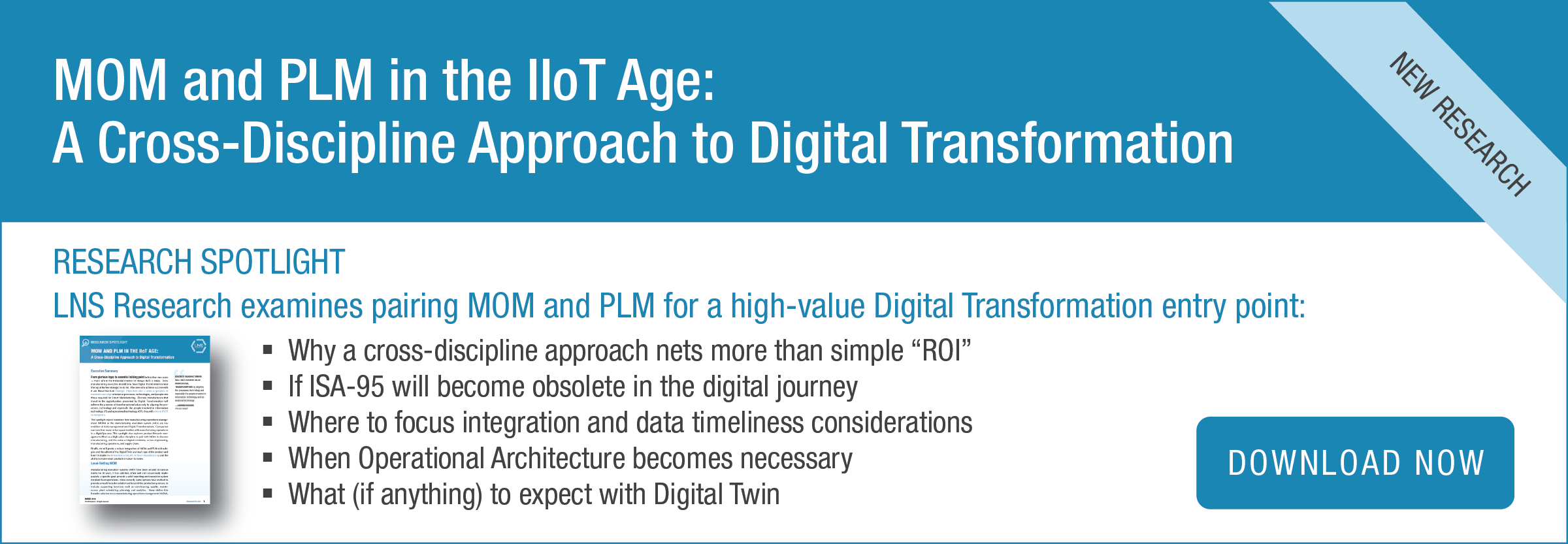People have been talking about "smart factories" phasing out human/machine interfaces and interaction on a wide scale for quite some time. And, in the news just recently, it was shared that a German factory has successfully connected 1,000 units to manufacture products with little to no human interaction whatsoever. What does the plant produce? Well, that's the kicker--automation systems for other industrial companies.
This Amberg, Germany factory is an early example of efforts put forth by governments, research institutions, universities and (of course) organizations to develop “smart” facilities. The 1,000 manufacturing units within this Siemens plant all communicate via the Internet. As a result, most of those units are able to fetch and assemble components throughout the 100,000 sq. ft. site without human input. Learn more…
Tweet this article | Share on LinkedIn
3D printing is a game changer, no question about it. But, while these advancements are improving the global automation market, are they negatively impacting intellectual property rights? Think about after market sales of parts, for instance. A design spec would not be needed to recreate a specific part if it can simply be copied using 3D scanning and printing capabilities. Companies have IP format changes in their future and perhaps will be looking to sell CAD designs instead of the actual parts themselves. Read more…
Tweet this article | Share on LinkedIn
This recent article discusses how two industries specify that investments for operational improvements are on the rise. It might not be surprising that plants are going to request increased budgets in the coming years due to initiatives around the IoT, global unification, and cutting energy costs. Stephanie Neil provides insights into these findings and how the industry is adjusting to global and market requirements as well as what many are deeming as the fourth industrial revolution. Read more…
Tweet this article | Share on LinkedIn
Managing risk in a quality management system (QMS) is an indicator of organizational maturity and a way to determine a company’s evolution toward a more agile and market-leading/proactive approach to managing quality. LNS has recently been speaking to many companies regarding their initiatives to improve CAPA, and Rob Harrison’s recent discussion on this topic is only fitting. This article provides insight into how an organization should underpin its CAPA process and sheds light on the risk horizon for mainstream quality management. Learn more…
Tweet this article | Share on LinkedIn
